As Sue and I left Boondooma Homestead, we continued our trek north, rumbling along through acres of bush, in awe of the settlers who came to this land and battled bush fires, floods, and innumerable hardships to build their farms and villages.
We drove over many creeks, or, as I like to call them, “just kidding” creeks. We’d get all excited to see a babbling brook or crystal clear stream only to be greeted with dry beds filled with nothing but sand and rocks. It became a joke for us to see if they were real creeks or “just kidding” ones.
As we approached the Burnett River just outside Mundubbera, we craned our necks to peer over the bridge and were delighted to find that it was indeed a real river.
And a pretty one, to boot. We pulled over and found a shady spot for a rest, a snack of macadamia nuts and dried cranberries, and a marvelous view of the water.
I wandered along the banks, imagining how lovely it would be to canoe down this waterway, stopping for picnics on the sandy shore.
It was peaceful and quiet during our sojourn, but in 1942 Burnett River flooded to a depth of 23.6 metres (over 77 feet!!). I can’t even imagine what a terrifying yet awe-inspiring sight that must have been.
Once known for its butter factory, Mundubbera is now a hub of citrus production, and boasts a gigantic mandarin statue to celebrate its claim as the citrus capital of Queensland.
Past Mundubbera the landscape turns from dense bush to rolling hills. A pretty drive takes you from one village to another, but it was this fellow that made us stop in the tiny village of Mulgildie.
I’d heard tales of bunyips since my arrival in Australia four years ago, but this was the first time I’d seen one.
Aboriginals describe bunyips as fearsome monsters that inhabit swamps, billabongs, and waterholes, and lay in wait at night to devour any animal or person lurking nearby, particularly women and children. The legend also holds that the bunyip was an aggressive hairy animal with supernatural powers that warned its victims of their imminent doom with terrifying howls.
While some dismiss the stories as mythological, others believe the bunyip could be an undiscovered creature or one of two prehistoric animals, the diprotodon or the procoptodon, a giant kangaroo that weighed over 500 pounds.
Regardless, you can try to catch a glimpse of one by visiting the legendary Bunyip Hole just ten minutes from Mulgildie. Over the years, tales have emerged of strange noises, bubbling, churning water in the hole, and of cattle disappearing into the depths as they drank. Known as ‘Devil Devil’ country, drovers and Aboriginal tribes alike could not be persuaded to camp near the Bunyip Hole.
Some Aboriginal Elders believe the Bunyip Hole is connected to a vast network of underground caverns passing Tellebang Mountain and stretching as far as Ban Ban Springs. Perhaps the bunyips are still traversing their underground waterways.
Leaving behind tales of female-devouring monsters, we pressed ever northward then decided to veer off to Cania Gorge, a place we knew little about but hoped would be worth visiting.
Was it ever!
Cania Gorge National Park is 3000 hectares of sandstone cliffs, cool caves, and dry rainforest filled with orchids, figs, kangaroos, rock wallabies, and over 100 species of birds.
It’s also dotted with my favorite gum trees, those pale, sinewy ones that glow in the moonlight and are known as Ghost Gums. I think they look so lovely etched against the lush green of the gorge and vivid red of the cliffs.
It is rather warmish in the gorge in the middle of summer, so we donned our hats and stuck to the shade as much as possible as we went for a walk.
We spotted flowering vines and emerald green pools of water, heard birds chattering away in the tree tops and gazed up in awe at the craggy cliffs.
One day I’d love to return for a few days and explore the sandstone caves and take a dip in Lake Cania, but I was glad for even a short time spent in such a beautiful place.
We hopped back in the van, cranked up the air con, and continued on our way.
We couldn’t pass up a stop at this splendid little market stall in the quirky town of Moonford. Sue treated us to a big ol’ watermelon – the quintessential food of summer.
Thus equipped we continued north, getting closer to Dangama Mungar, the Talking Mountain.
Do you have legends of mythical creatures in your part of the world? xo

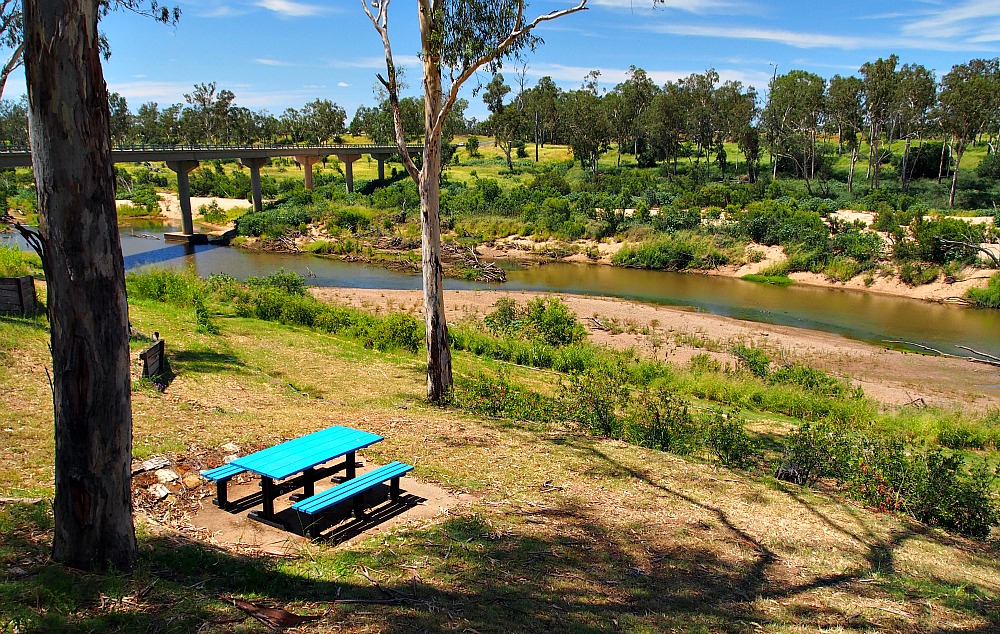
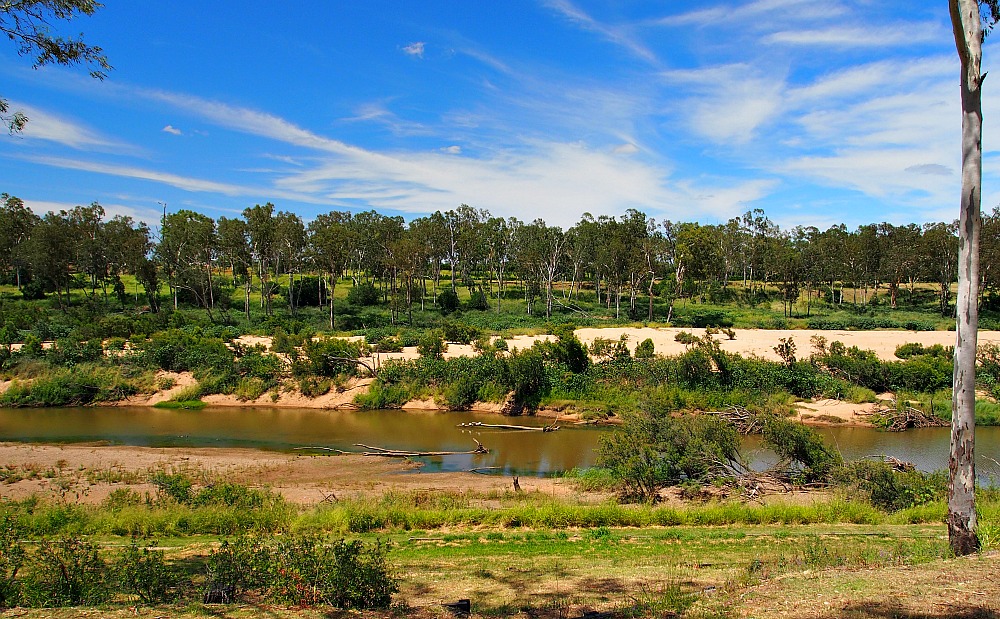
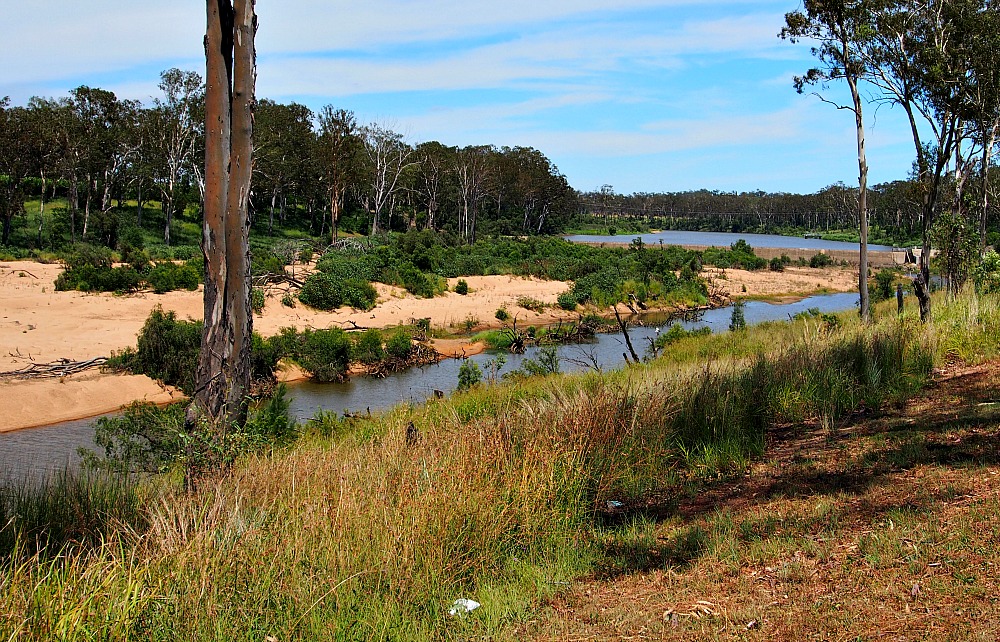
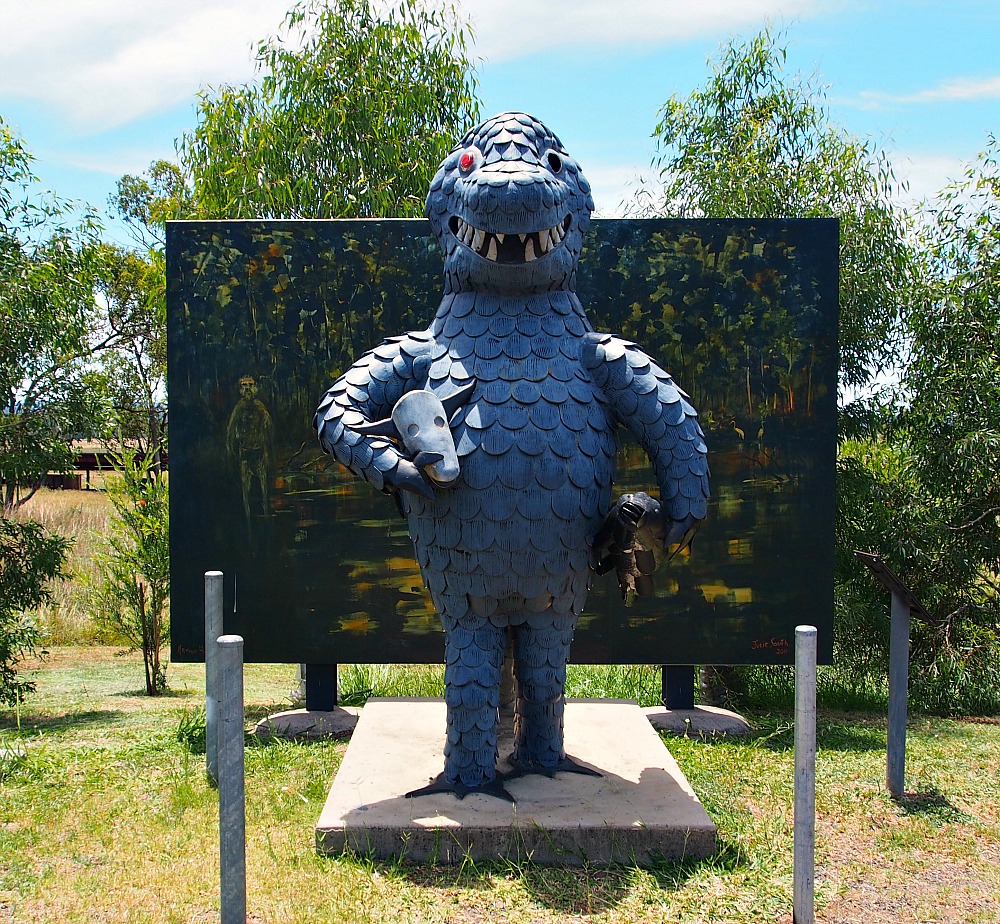
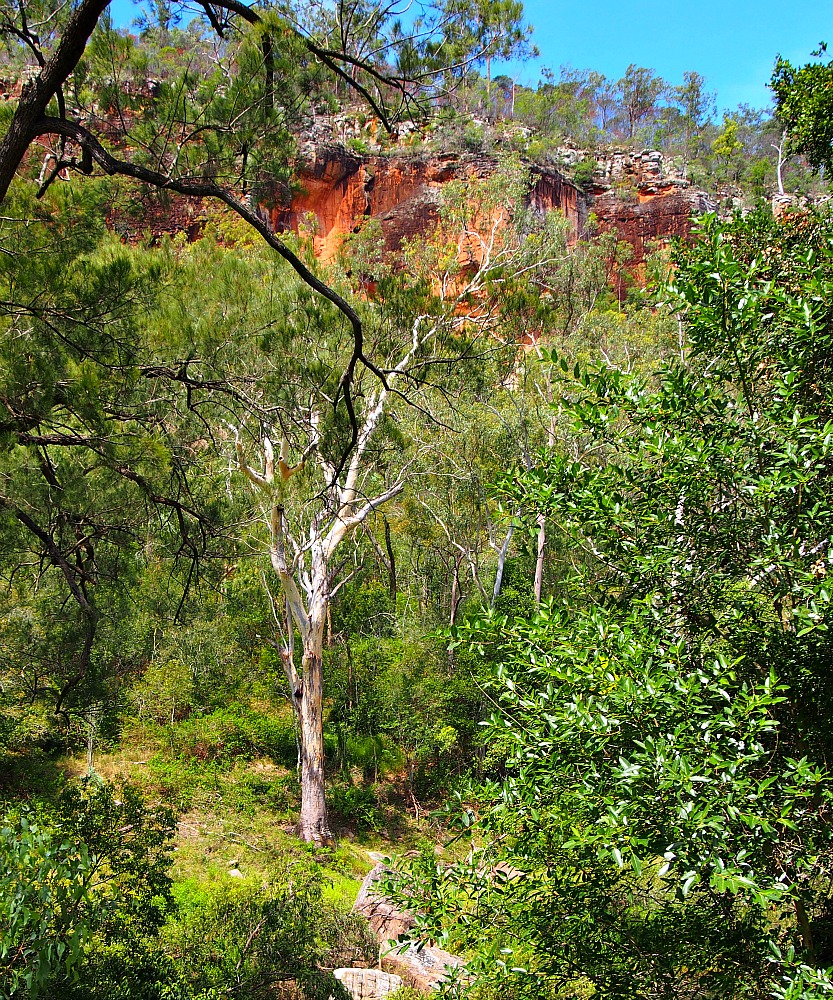
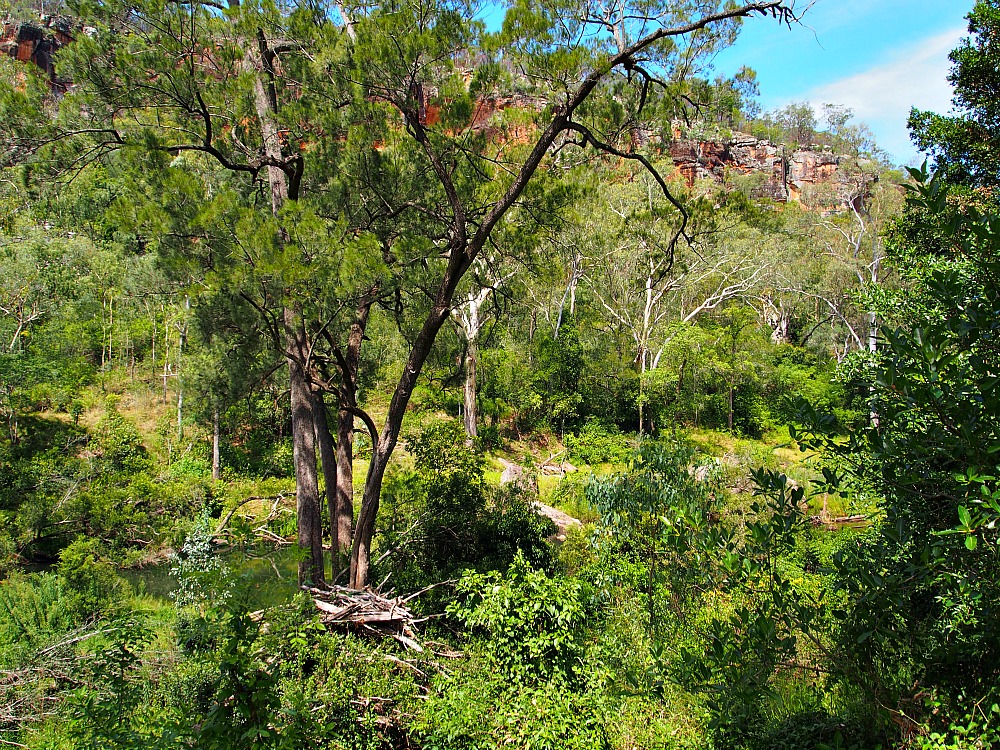
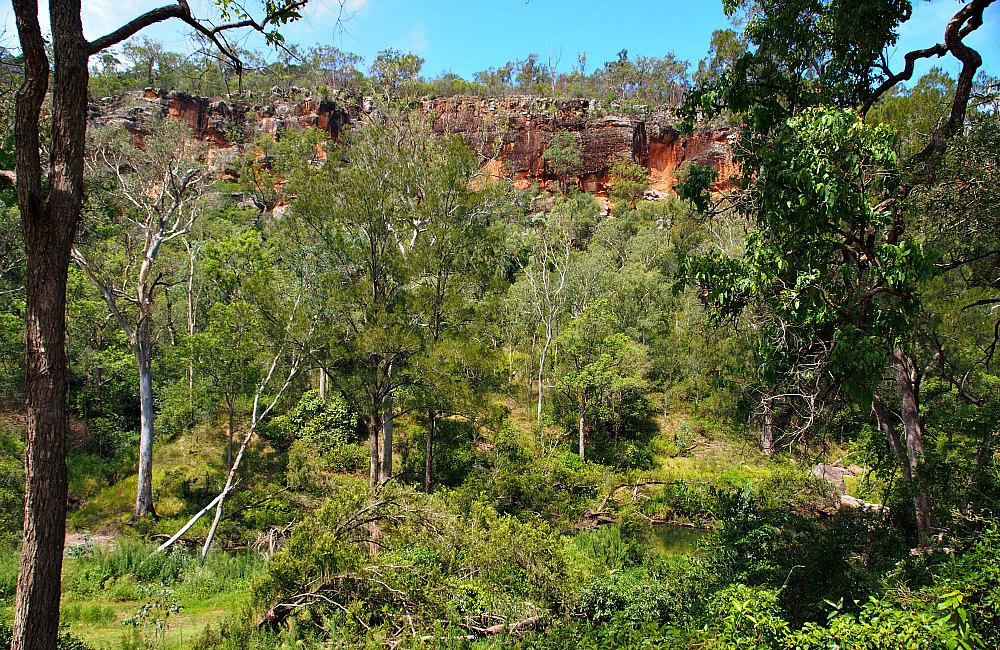
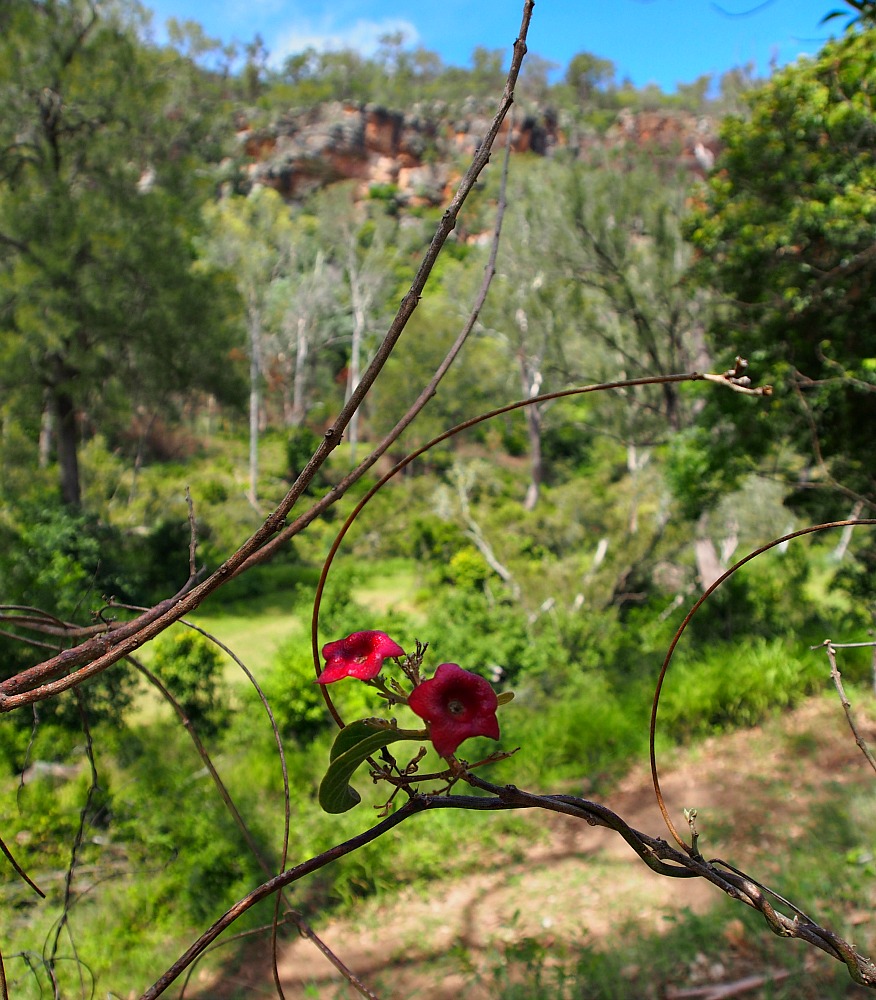
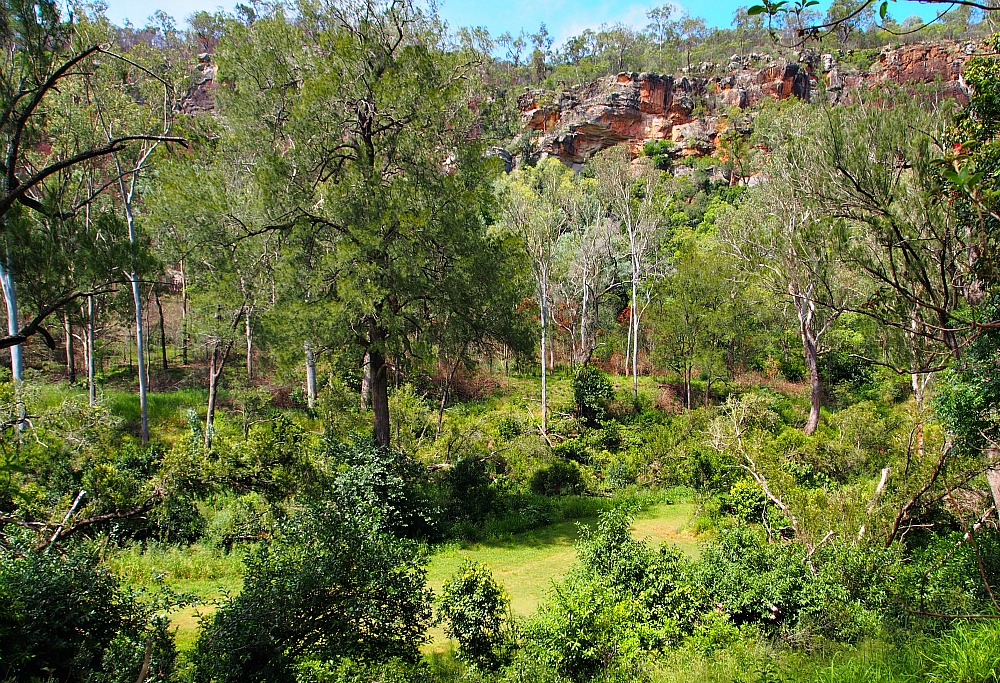
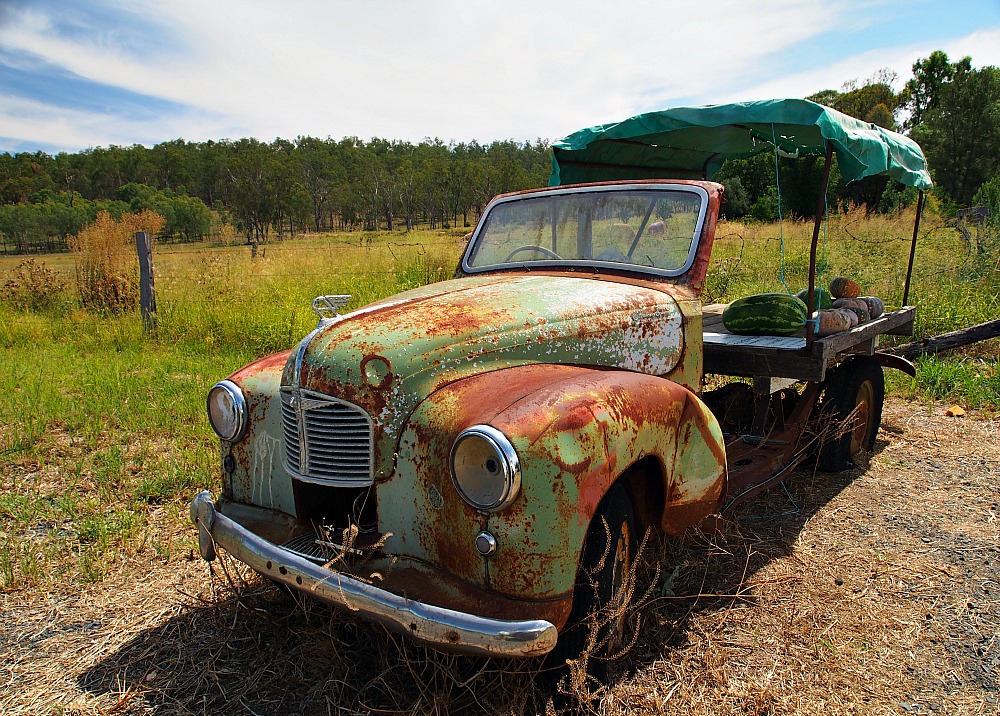
Glad the bunyip is only a legend. We have the tokolosh in South Africa ?
Lovely post! Have you heard about eh bunyip that ate Canberra?
Ahhh yes bunyips!! In that part of the world it looks like magic really could happen 😀
Sounds like you had such a great time Krista. Isn’t the bunyip cute 🙂
You take such lovely photos♥ Hope you are having a lovely Sunday ♥
summerdaisy.net
It looks so peaceful and relaxing to be trekking around the countryside.
We’ve not been to Cania Gorge, but next time we head south we might detour from Rocky. Isn’t that market stall fantastic. What a great use for the old truck.
Hahaha…. we called them “faker” creeks when we were kids, drought season was always a lot less fun for bush walks, although your adventures looked way more beautiful than what we experienced. Beautiful pictures.
I am indeed intrigued as to what Bizzy Lizzy is talking about. 🙂